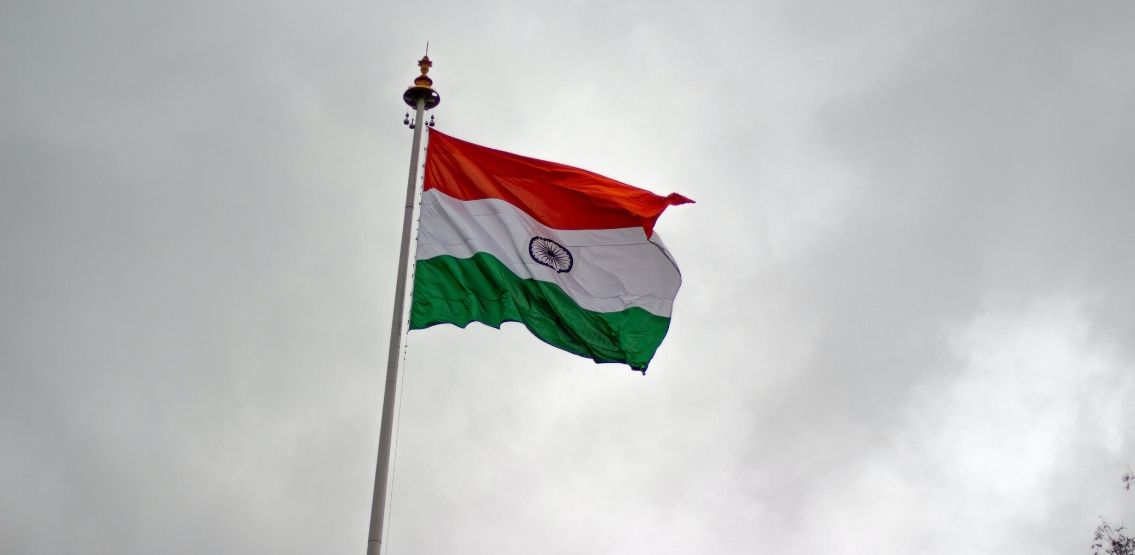India To Test Digital Currency In December, Says RBI Chief

India is planning to begin testing a digital currency or “digital rupee,” the head of the RBI revealed in an interview with CNBC. He also revealed that the testing would mostly focus on security and the impact that a digital currency may have on monetary policy.
The RBI’s interest in launching digital versions of currency is in line with central banks worldwide looking to launch digital currencies.
Testing To Begin In DecemberThe RBI is said to begin testing its pilot program for the RBI-backed digital currency or CBDC in December, revealed Das.
“We are being extremely careful about it because it’s completely a new product, not just for RBI, but globally.”
The testing will focus mainly on the security of a digital rupee and on the other aspects involved in operating a digital asset. The central bank will also be looking at the impact that a CBDC could have on the monetary policy, currency in circulation, and other technological issues.
Central Banks Worldwide Exploring Digital CurrenciesThe RBI joins other countries to launch or begin testing digital currencies. The Bahamian Sand Dollar is the first widely available CBDC, while 14 other countries are at different stages of testing. According to a Bank for International Settlements survey, over 86% of central banks are exploring CBDCs. Federal Reserve Chairman Jerome Powell that the reserve will also be publishing a paper on whether the Fed will establish a digital currency sometime in September.
After passing a resolution to become the first country to adopt Bitcoin as legal tender, El Salvador is already ahead of other countries and is setting up 200 Bitcoin ATMs ahead of launch.
The Need For CBDC In IndiaCentral banks around the world are exploring CBDCs due to three primary reasons. With the decrease in the use of paper currency, Central banks want to meet the need for the public’s need for digital currencies and also want to avoid the growth of private digital currencies, which will do more harm than good for banks.
The RBI also states that payments made using CBDCs reduce risk in the financial system and also enable a more cost-effective globalization of the payment system. India’s high currency to GDP ratio also calls for a switch to CBDCs. CBDCs can reduce the cost of printing, storing, transporting, and distributing paper currencies if they can replace large cash transactions.
Small Towns Lead In Crypto TransactionsAccording to a report generated by Razorpay, Indians from Tier-2 and Tier-3 cities are leading the surge in the cryptocurrency market in India. 55% of new sign-ups on WazirX came from accounts located in smaller cities and towns. Tier-1 cities have registered a growth of 2375%, while Tier 2 cities and Tier 3 cities have reported a growth of 2950% and 2455%, respectively.
Indians are purchasing cryptocurrency rapidly with $6.6 Billion already invested in the crypto markets, with the potential for the population to continue buying at a rapid pace. Currently, India ranks 11th in the world when it comes to buying and adopting cryptocurrencies, despite the uncertainty and possibility of the prohibition on the buying and selling of crypto.
Disclaimer: This article is provided for informational purposes only. It is not offered or intended to be used as legal, tax, investment, financial, or other advice.
Read more: https://www.cryptodaily.co.uk/2021/08/india-cbdc-rbi-chief
Text source: Crypto Daily™










